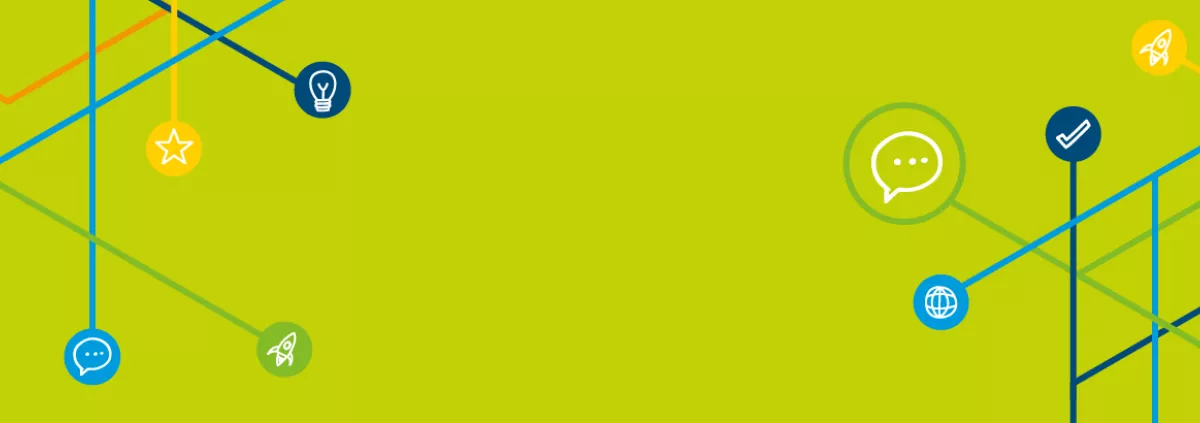It became clear to CNL, while researching new learning, that there was a need to initiate and document innovations, to see what kinds of innovation are relevant and could be applied in ETF’s 29 partner countries. Not theoretically in the future but now, in real schools by real teachers.
Teachers in Serbia expressed particular interest in experimenting with different kinds of groupings – of teachers and learners and curricula materials – and in authentic and personalised pedagogies.
“This project is about concrete experiments and applications, without a guarantee in advance of what's going to work or what is not, but trying to provide sensible advice about what fits best, and then giving people a chance to try things out.” – Julian Stanley, ETF senior human capital development expert and leader of the CNL Serbia pilot.
Identifying and evaluating innovations in teaching and learning, aimed at improving quality and at sharing best practices with ETF partner countries, is a key aspect of CNL.
Serbia was selected for the pilot because there was readiness among teachers to experiment, a number of vocational schools were interested in participating, and there was some experience of project work in the area of innovation that ETF-CNL was interested in.
The pilot comprises nine projects and involves 31 teachers from six secondary vocational schools in Serbia, ranging from an aviation academy to general technical schools and schools of catering and tourism, and of chemistry and medicine. Three of the schools hosted two projects.
The teachers undertook training in late 2021, during which they designed innovative projects, drawing on research, local and international best practice, and ETF expertise.
They schools have been implementing the projects since February 2022, with support from mentors. They have been conducting experiments in teaching their own curriculum but in different ways, and trying out new kinds of learning that are well documented in research.
The pilot is backed by government and has two partners – the National Centre for Vocational and Adult Education and Serbia GIZ – Deutsche Gesellschaft für Internationale Zusammenarbeit.
Serbia turned out to be a good choice, as the teachers have made sense of the exercise and dealt with it on their own terms, applying new practices to old problems, such as curricula that are out of touch with reality, feelings of isolation and students lacking motivation.
“The kind of pedagogies we were showing the teachers seemed relevant to them. So there was a meeting between what we were offering and what they needed.” – Julian Stanley
Work is needed to make educators believe they can innovate and that innovation can enable them to achieve their goals. The readiness of teachers to experiment is a precondition for innovative teaching and learning.
If teachers are not willing, it is quite easy for them to not be innovative, or probably not do it very well, or do it in a grumpy way and so it will not be successful. It may seem obvious, but it is nevertheless very important to understand that improvements and innovations in teaching and learning are very much in the hands of teachers.
“There's got to be real motivation, understanding and ownership on the part of teachers if innovation is going to succeed. This is not something you can legislate for or prescribe.” – Julian Stanley
The pilot in Serbia showed clearly that professional training that empowers educators, that gets teachers working together and provides sensitive mentoring, increases teachers’ enthusiasm for their work and for innovating.
The CNL researchers were surprised by the prominence of disciplines. Teachers in Serbia reported having to teach within a ‘box’. They teach their profile, and even within that they teach, for instance, theory or practice.
Teachers were invited to get together as a team to devise an integrated project in which they and learners do something that has personal meaning for them outside the discipline. An ‘authentic learning’ approach was suggested, with students encouraged to work in groups and explore, discuss and solve real-world problems.
So, for example, at one of the vocational schools. rather than learning the theory of cosmetics students did the research themselves, sourced materials and produced ranges of cosmetics to meet all sorts of needs. They then debated how to market them.
Working collaboratively, the teachers have become more experimental and open to new ideas about planning and teaching, because they don’t feel alone or exposed.
Despite long hours, feeling overloaded and not being well paid, a number of teachers were willing to put in extra work, largely because they have been working together. Being part of an international project and being sympathetically mentored have helped, but do not appear to have been the primary motivation for innovating.
“I am struck by the desire of Serbian teachers to make much greater use of collaborative learning and team work. Both the collaboration of teachers as well as students…The notion of learning communities is particularly emphasised.” – Klara Skubic Ermenc, project mentor and associate professor of educational sciences at the University of Ljubljana.
Check the material in annexes and visit the website of projects for more information https://www.inovacijeuobrazovanju.rs/
Learning from Innovation in Teaching and Learning in Serbian (23 June 22) English - YouTube

Read about the projects in Serbian as well at: https://www.inovacijeuobrazovanju.rs/en/about-us/
Please log in or sign up to comment.